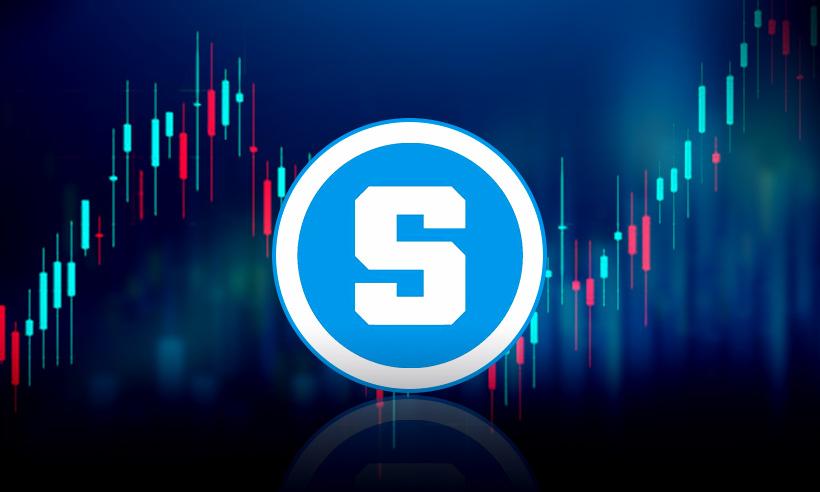SAND Technical Analysis: It Is Too Early To Buy
Table of contents

And repeated tests of this range by sellers pass on consistently low volumes and without special problems from the point of view of buyers' resistance. These facts lead us to consider the scenario of continuing the correction of the SAND price to the mark of $2.09. The fact is that below the mark of $2.58 are the stop orders of most buyers who bought in this price zone. It is on this liquidity that there is a chance to quickly buy SAND at a good price in bulk. Therefore, in the event of a breakdown of $2.58 at abnormally high volumes, we will expect a false breakdown with a sharp reversal of the price to $5.
Technical Analysis Of SAND On The Daily Timeframe

Analyzing the movement of the SAND price on the daily timeframe, one can notice the unsuccessful attempt of buyers to take control of the $3.45 mark. For two weeks, at low volumes, buyers tried to fix above this mark. The result is the price fall without volumes to the liquidity zone of $2.58. In addition to the fact that sellers did not feel any struggle during the fall of 4 April, the current price rebound looks as weak as possible.
Therefore, the scenario of growth to the $5 mark will become relevant for us after fixing the SAND price above $3.45. As long as the trading volumes do not appear on the SAND market when trying to fall, it is dangerous to buy this cryptocurrency.
So far, the SAND price is within the global growth channel from January 2021. Though, the downward trend line is 20-25% lower than the current price. Given the ease of Bitcoin falling and the failed attempt to stop the price in the range of $42,000 - the SAND cryptocurrency may still terrorize its investors.
The SANDBTC Price Correction Is Clearly Incomplete

The weekly price chart of SANDBTC shows a poor outlook for continued growth. The weekly candle from 4 April completely destroyed all three-week plans of buyers for growth. The last chance for buyers is to keep the lower trend line of the correction wedge and the mark 0.000062. If the price of SANDBTC breaks this markdown, it is better not to buy SANDBTC above 0.00005. Even at this point, buying is quite risky.
But, in the history of the weekly timeframe, we see that there was interest in this price range for 3 weeks. Given the nature of the correction, investors should be patient, because, after such bright growth waves, the lull in the market lasts several times longer than the active phase of growth.

